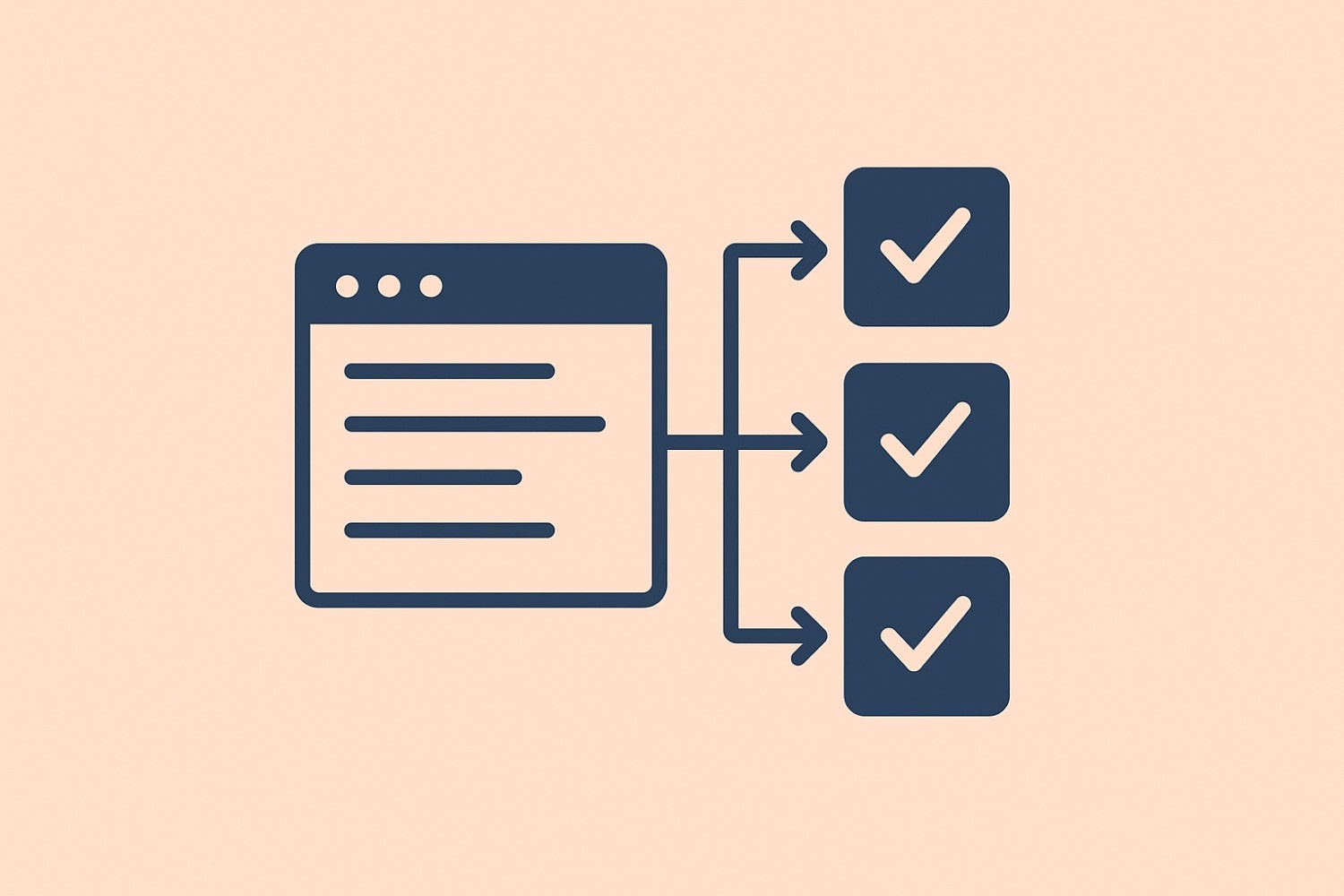Table of content
SHARE THIS ARTICLE
Is this blog hitting the mark?
Contact Us
Table of Content
- Why Measure Test Automation's Business Impact?
- Key Metrics for Measuring Test Automation's Impact
- Best Practices for Maximising the Impact of Test Automation
- FAQs
Test automation is an emerging concern in the modern world where software is developed faster than before. Automation is important to many enterprises, but it is not always easy to grasp how it translates to real-life changes.
The assessment of test automation ROI is critical for proving its worth and for identifying and decreasing inefficiencies. In this blog post, we are going to share a detailed guideline on how to evaluate the business value of test automation, as well as how to make relevant decisions regarding its application.
Why Measure Test Automation's Business Impact?
Before diving into the metrics, it’s important to understand why measuring the impact of test automation is crucial:
Prove ROI: Since test automation has inherent initial costs and recurring maintenance costs, proving ROI and presenting tangible benefits make the investment reasonable.
Optimize Resources: How goals will be measured helps to guarantee that the necessary resources will be spent most productively in terms of both time and money.
Continuous Improvement: Thus, the assessment of the impact allows businesses to monitor and improve their test automation strategies in terms of the objectives constantly. Here a reputes test automation services provider can be of great help.
Also read: What Is Test Automation Services?
Key Metrics for Measuring Test Automation's Impact
To assess the effectiveness of test automation, various metrics can be used. Here’s a look at some of the most important ones:
1. Test Automation Coverage
Definition: Test automation coverage refers to the percentage of the application’s functionality that is covered by automated tests.
Impact: Higher coverage means that more features and scenarios are being tested automatically, leading to fewer manual testing efforts and quicker feedback on new changes.
How to Measure: Track the number of automated test cases against the total number of test cases needed for comprehensive coverage. Tools like code coverage reports can provide insights into what percentage of your codebase is being tested.
2. Test Execution Time
Definition: This metric measures the time required to execute automated tests.
Impact: Shorter test execution times indicate that your automation is efficient, which accelerates the feedback loop and allows for faster releases.
How to Measure: Record the time taken to execute test suites or individual test cases and compare it with the time required for manual testing.
3. Defect Detection Rate
Definition: This metric tracks the number of defects identified through automated testing.
Impact: A higher defect detection rate indicates that the automated tests are effective at catching issues early in the development cycle, which improves overall software quality.
How to Measure: Count the number of defects found by automated tests compared to those found through other testing methods.
Ready to take the next step? Let's chat! We are a reputed test automation company that can help you identify your specific needs and show you how to leverage the power of automated testing.
4. Cost Savings
Definition: Cost savings from test automation refers to the reduction in manual testing costs due to automation.
Impact: By reducing the need for extensive manual testing, automation can lead to significant cost savings in the long run.
How to Measure: Compare the costs associated with manual testing (including labor costs) to those associated with automated testing. Consider the initial setup costs versus ongoing savings.
5. Test Maintenance Costs
Definition: This metric measures the effort and cost required to maintain automated tests.
Impact: Lower maintenance costs are indicative of a well-designed test automation framework that is easy to update and manage.
How to Measure: Track the time and resources spent on updating and maintaining automated tests. Analyze how often changes in the application require modifications to the test scripts.
6. Bug Fix Turnaround Time
Definition: This metric tracks the time taken to fix bugs identified through automated testing.
Impact: Faster turnaround times for bug fixes can accelerate the release cycle and improve software quality.
How to Measure: Record the time from when a bug is identified by automated tests to when it is resolved and retested.
Also read: Automated Test Solutions: The Future of Efficient and Scalable Testing
Best Practices for Maximising the Impact of Test Automation
To ensure that test automation delivers the maximum business impact, consider the following best practices to chal out an impactful software test automation strategy:
Define Clear Objectives: Set specific goals for what you want to achieve with test automation, such as reducing time-to-market or increasing test coverage.
Choose the Right Tools: Select automation tools that align with your application’s technology stack and your team’s skills. Tools should be able to integrate seamlessly with your development and CI/CD pipelines.
Implement a Scalable Framework: Develop a test automation framework that is scalable and maintainable. A robust framework can handle increasing complexity and adapt to changes in the application.
Regularly Review and Optimize: Continuously analyze test automation metrics to identify areas for improvement. Regular reviews help optimize test execution, coverage, and overall efficiency. Here you can even take help from an experienced test automation services provider.
Invest in Training: Ensure that your team is well-trained in using automation tools and writing effective test scripts. Investing in training can improve the quality of your automated tests and reduce maintenance efforts.
To ensure that these best practices works best and offer you an optimum value, you can consult a test automation company and avail thier test automation services.
Conclusion
Measuring the business impact of test automation involves analyzing a range of metrics, from test coverage and execution time to cost savings and defect detection rates. By focusing on these key metrics and following best practices, businesses can better understand the ROI of test automation and make data-driven decisions to enhance their quality assurance processes.
For organizations seeking to implement or refine their test automation strategies, partnering with a reputable test automation company can provide valuable expertise and support. Automation testing services can help streamline your testing processes, improve software quality, and ultimately drive business success.
By leveraging automation software testing services in India and adopting a strategic approach, businesses can unlock the full potential of test automation and achieve significant improvements in efficiency, cost-effectiveness, and software quality.
Ready to take the next step? Let's chat! QAble is a reputed automation testing company that can help you identify your specific needs and show you how to leverage the power of automated testing.
Discover More About QA Services
sales@qable.ioDelve deeper into the world of quality assurance (QA) services tailored to your industry needs. Have questions? We're here to listen and provide expert insights


Nishil Patel is the Co-founder of QAble, delivering advanced test automation solutions with a focus on quality and speed. He specializes in modern frameworks like Playwright, Selenium, and Appium, helping teams accelerate testing and ensure flawless application performance.
.svg)














.webp)
.webp)
.png)
.png)











.png)



.png)

.png)

.png)




















.webp)

